Key Takeaways
- Ear piercing acupuncture refers to the practice of stimulating pressure points on the ear through permanent piercings for therapeutic purposes.
- Some common locations of such piercings include the Shen Men, point zero, and tragus.
- This type of acupuncture can provide relief from anxiety, migraines, poor sleep, and even support with weight management.
- Potential risks to keep in mind include infection, allergic reactions, and varying results.
Across ancient civilizations and cultures—from Egypt and Mesopotamia to Greece, Rome, and the pre-Columbian Americas—piercings were more than decoration; they symbolized beauty, status, protection, and spiritual connection.
Among the many types of body piercings, ear piercing has definitely endured as the most widespread and, arguably, the most socially accepted form of body adornment. Today, it’s common to see earrings worn casually. But many people don’t realize that these piercings can offer more than aesthetic value; they can also facilitate a practice known as ear piercing acupuncture.
What Is Ear Piercing Acupuncture?
Acupuncture is a broad term that refers to an ancient practice of stimulating specific points on the body—typically using thin needles—to encourage natural healing and relieve pain. For instance, there are specific pressure points that target headaches, some others are sinus pressure points, and there are even some for anxiety.
Acupuncture is rooted in traditional Chinese medicine, but over time, different styles and methods of acupuncture have developed that vary in technique and tools as well as in the body parts they target. Among these types are also ear-based treatments.
Ear piercing acupuncture refers to a method where acupuncture points in the ear are permanently or semi-permanently stimulated through piercings. It draws inspiration from auriculotherapy. The latter is a technique based on the belief that the ear represents a microsystem of the body with points that correspond to different organs and systems.
How it works
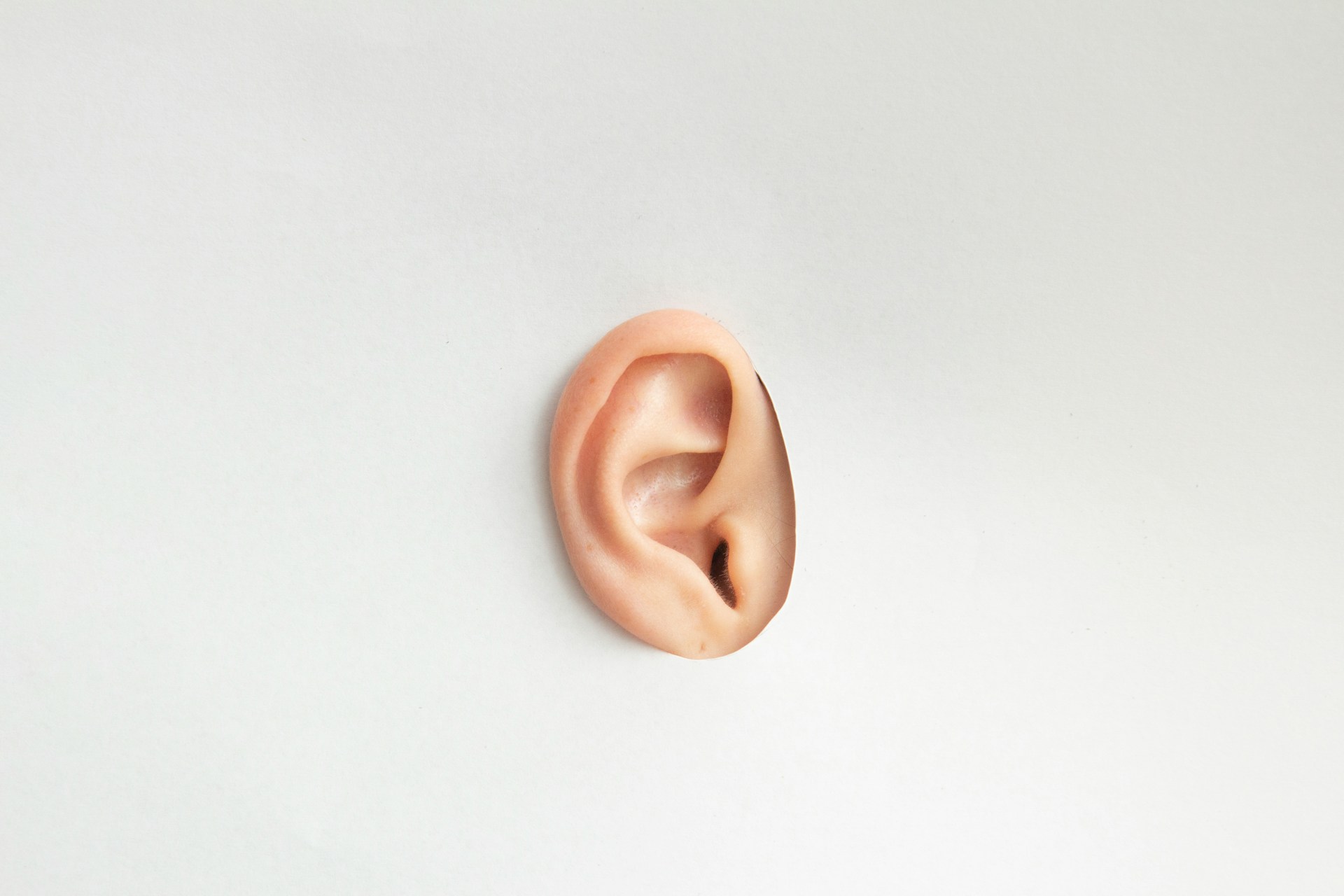
The outer ear is thought to contain dozens of acupuncture points that are connected to the nervous system. Therefore, by placing a piercing on a specific point that corresponds to, say, the stomach, lungs, or head, it’s believed that this constant pressure can help regulate imbalances in that system.
Unlike traditional acupuncture, which typically uses fine needles temporarily during a session, ear piercing acupuncture offers continuous stimulation of these points as the piercing, which plays the role of the needle, stays in the ear for a much longer period of time.
That’s why it’s sometimes chosen as a longer-term option—especially for people who are looking for relief from issues like anxiety, migraines, or chronic pain without frequent treatment sessions. Certain approaches also use ear seeds or magnets as a non-invasive alternative.
Common Types of Ear Piercing Acupuncture
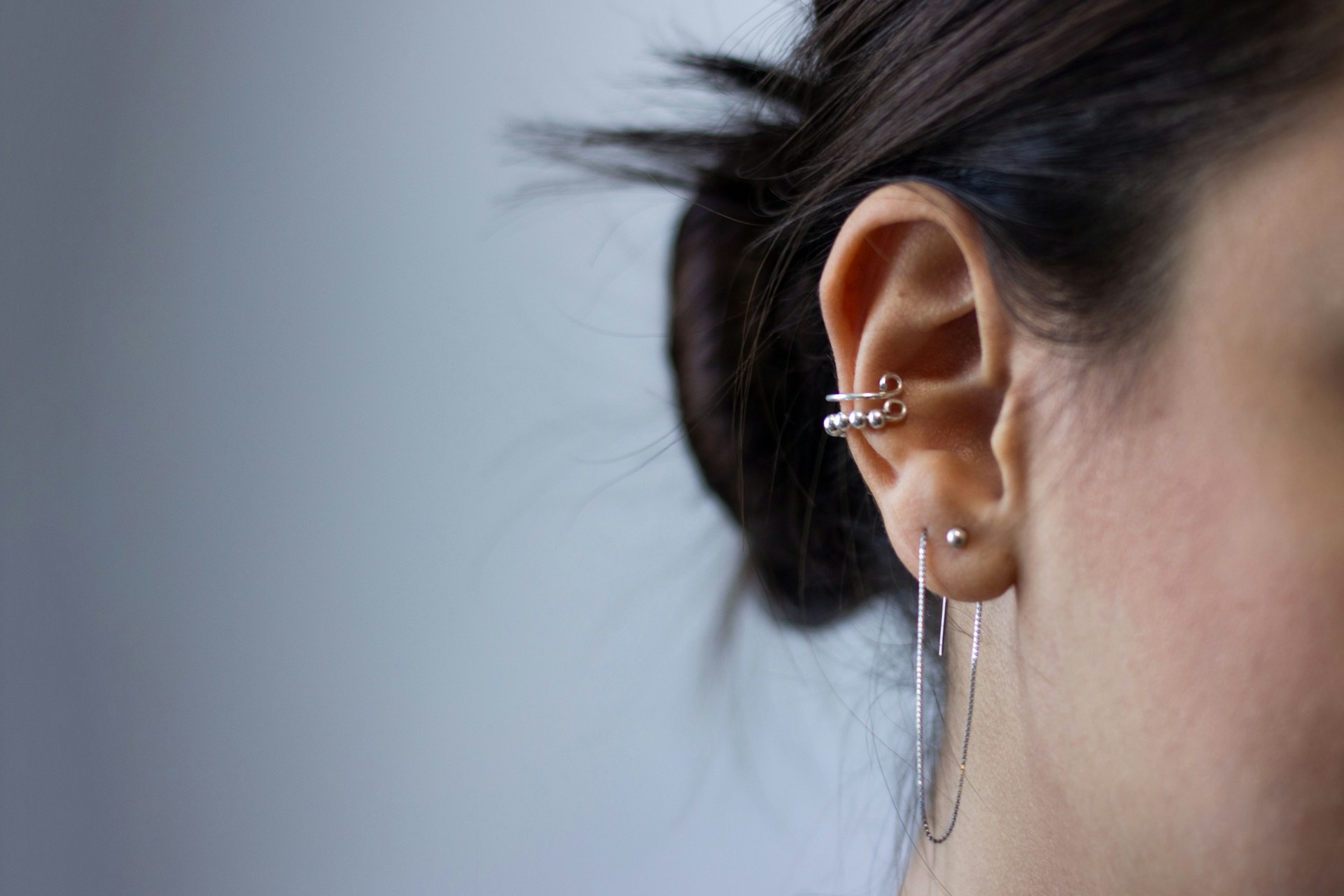
Not all ear piercings can provide healing. Some really are just for aesthetic purposes. For a piercing to actually have therapeutic value, it needs to align with the aforementioned ear acupuncture points. Some of the most commonly targeted acupuncture-related ear piercings are:
Daith piercing
The daith piercing goes through the innermost fold of cartilage in the ear, just above the ear canal. In acupuncture and auriculotherapy, this area is typically associated with pressure points that some believe may help with certain chronic conditions.
This piercing, specifically the acupuncture point where it is placed, is commonly linked to migraine relief and anxiety reduction.
Shen men piercing
Translated to the “heavenly gate,” the Shen Men piercing is placed in the upper-middle part of the ear’s cartilage. In auriculotherapy, this point is widely used to calm the mind, regulate emotions, and promote mental balance—hence the name.
When pierced, it’s believed to help with anxiety and insomnia. It may even support those dealing with addiction—in line with its traditional reputation for promoting inner peace and stress relief.
Tragus piercing
The tragus is the small, thick flap of cartilage that partially covers the ear canal. In acupuncture and related therapies, this point has been associated with digestive health, appetite control, and even curbing cravings.
Because of this, some see the tragus piercing as a potential aid for weight management, though more for its symbolic and energetic association than medical claims.
Point Zero
Point zero is located in the center of the ear, near the concha ridge. Often referred to as the “reset button” of the body, this point is central in auriculotherapy practices. It’s believed to help bring the body back into balance by restoring homeostasis and calming the nervous system.
In addition to its grounding effects, point zero is also said to enhance the effectiveness of other acupuncture points, making it a common starting point in therapeutic treatments aimed at overall wellness.
Other therapeutic ear points
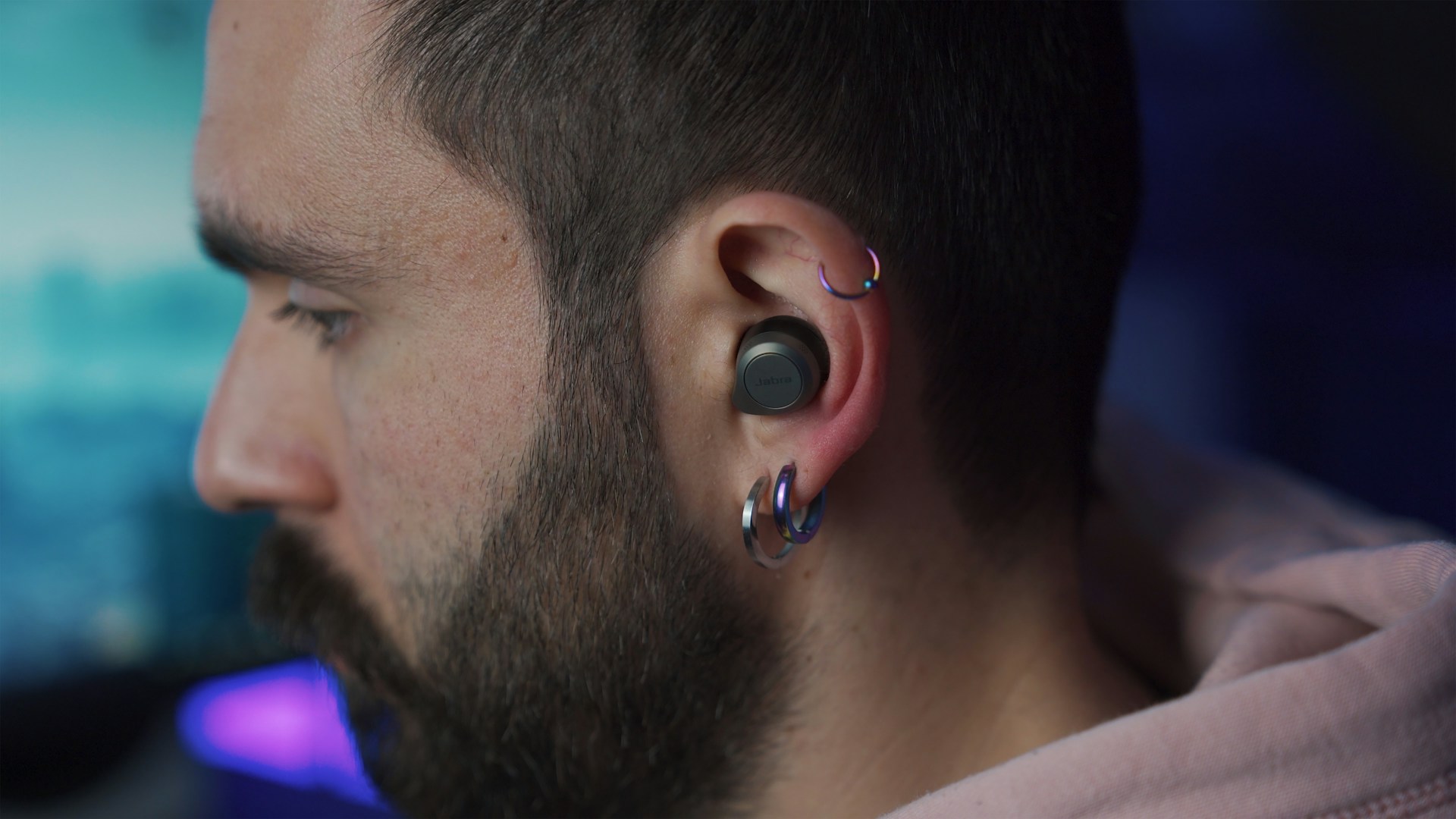
Although the piercings listed so far are among the most well-known for their potential health benefits, the ear holds dozens of other reflex points, too, and each is believed to connect and influence specific organs and systems throughout the body.
Generally, acupuncture points associated with the head and facial region are found on the lower part of the ear, particularly the earlobe. Points related to internal organs tend to cluster around the center of the ear, especially along the concha and surrounding ridges. Meanwhile, the curved outer rim of the ear—known as the helix and antihelix—typically corresponds to the spine.
Benefits of Ear Piercing Acupuncture
Acupuncture has been practiced for thousands of years, and the reason behind its longevity as part of alternative medicine is the many benefits it offers—relief from pain, better sleep, reduced stress, and improved balance within the body.
Just as traditional acupuncture is still used today for its therapeutic effects, ear piercings placed at strategic points continue to attract attention for their potential to support mental and physical well-being.
Anxiety and stress relief
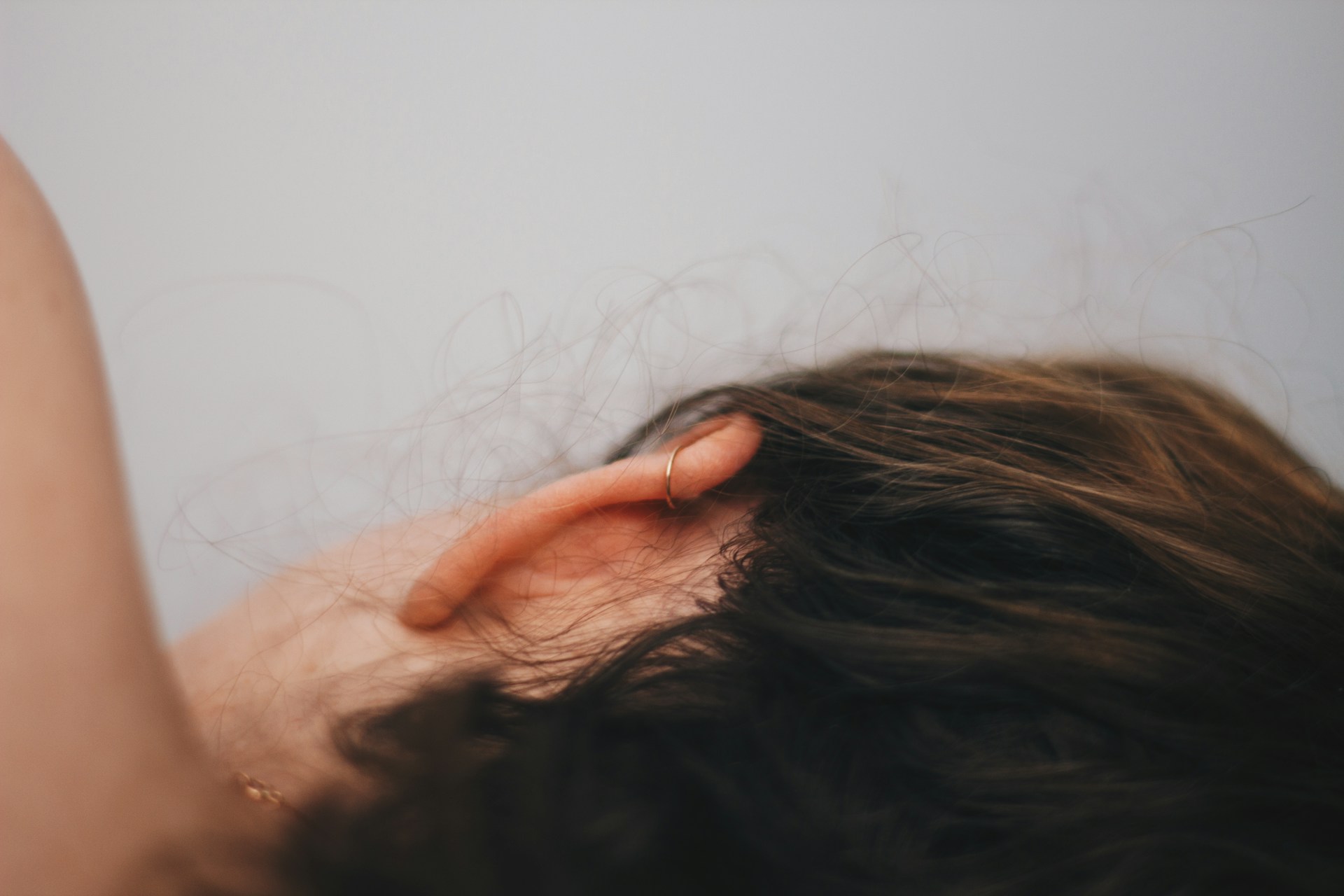
One of the most popular reasons people try ear piercing acupuncture is to help reduce anxiety and manage stress. Specific points like Shen Men and point zero are the two most commonly targeted for this because they are believed to calm the nervous system and help regulate emotional responses.
When these points are pierced, the continuous stimulation they provide may affect the vagus nerve—a key player in the body’s parasympathetic system, which is responsible for calming the mind and body. By indirectly influencing this nerve, the piercings may help soothe symptoms of anxiety such as excessive worry, tension, or emotional overwhelm.
Migraine and headache management

Ear piercing acupuncture is also frequently associated with migraine and headache relief. The daith piercing, in particular, located at the innermost fold of the ear, has gained popularity for its potential to reduce the frequency or severity of migraines.
The idea is that applying constant pressure via a piercing may interrupt pain signals to the brain or encourage the release of endorphins, the body’s natural pain relievers. While more scientific evidence is needed, many people report fewer and less intense headaches after getting these targeted piercings, especially when other treatments haven’t worked.
Weight loss support
As previously mentioned, certain points on the ear near the tragus are thought to influence appetite, satiety, and even metabolism. According to proponents of auricular acupuncture, stimulation of these areas can signal to the brain that the body is full or doesn’t need extra food, which may help curb cravings or reduce emotional eating.
The logic behind this theory lies in the ear’s connection to the nervous system—specifically the pathways involved in digestion and hormonal regulation. While a piercing alone isn’t a magic solution for weight loss, some believe that the continuous stimulation provided can support healthier eating habits over time, especially when paired with lifestyle changes like diet and exercise.
Improved sleep and focus
Insomnia and difficulty concentrating are often tied to chronic stress and nervous system imbalance—two issues that ear piercing acupuncture may help address. Shen Men and Point Zero, the same points used for anxiety relief, are also key targets for improving sleep and mental clarity.
In traditional Chinese medicine, these points help calm the “spirit” and regulate internal rhythms. When pierced, they offer consistent stimulation that may help quiet racing thoughts, reduce nighttime restlessness, and, thus, promote more restful sleep.
As a result of the potential reduced stress levels and better overall nervous system regulation, people may also experience enhanced focus and clearer thinking. By targeting areas of the ear associated with relaxation and balance, this form of acupuncture offers a gentle, ongoing nudge toward better mental performance and well-being.
Risks and Considerations
Though ear piercing acupuncture has the potential to offer some very intriguing benefits, it’s still important to remember that any form of body intervention—especially one that involves piercing through the skin near sensitive nerve endings—deserves careful consideration.
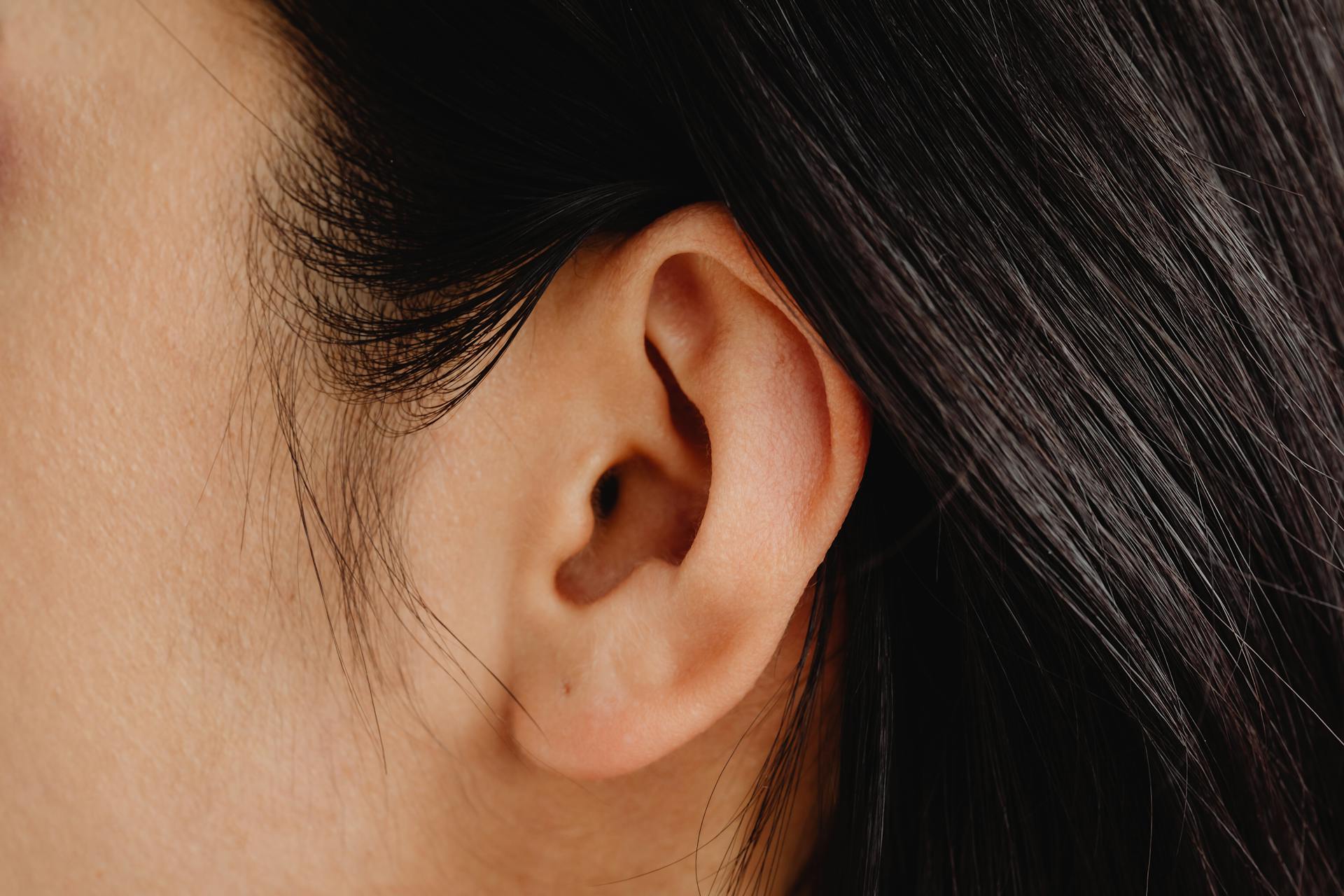
A piercing, after all, is a minor wound. When placed near key pressure points in the ear, the goal is therapeutic stimulation, but the method still involves a break in the skin, which naturally carries certain risks. Therefore, as you explore the potential of this practice, it’s best to take some time and weigh these risks alongside the benefits before you make the decision.
One of the most immediate concerns is the risk of infection. When a piercing is done in an environment that isn’t properly sanitized, or if proper aftercare isn’t followed, bacteria can enter the site and lead to redness, swelling, pain, or more serious complications. Additionally, since the ear contains cartilage—which has less blood flow than other tissues—it can take longer to heal and may be more prone to stubborn infections if not properly cared for.
To reduce this risk, always choose a reputable piercing professional who follows strict hygiene protocols and the recommended cleaning and aftercare routine until the area is fully healed.
Another common issue is allergic reactions to certain metals, particularly nickel, which is often used in lower-quality jewelry. For people with metal sensitivities, even a small amount of contact can cause itching, rashes, or painful inflammation.
That is why it’s best to use hypoallergenic materials like surgical-grade stainless steel, titanium, or gold for the initial piercing. If you’re unsure about your sensitivity, consider doing a patch test or consulting a dermatologist before choosing your jewelry.
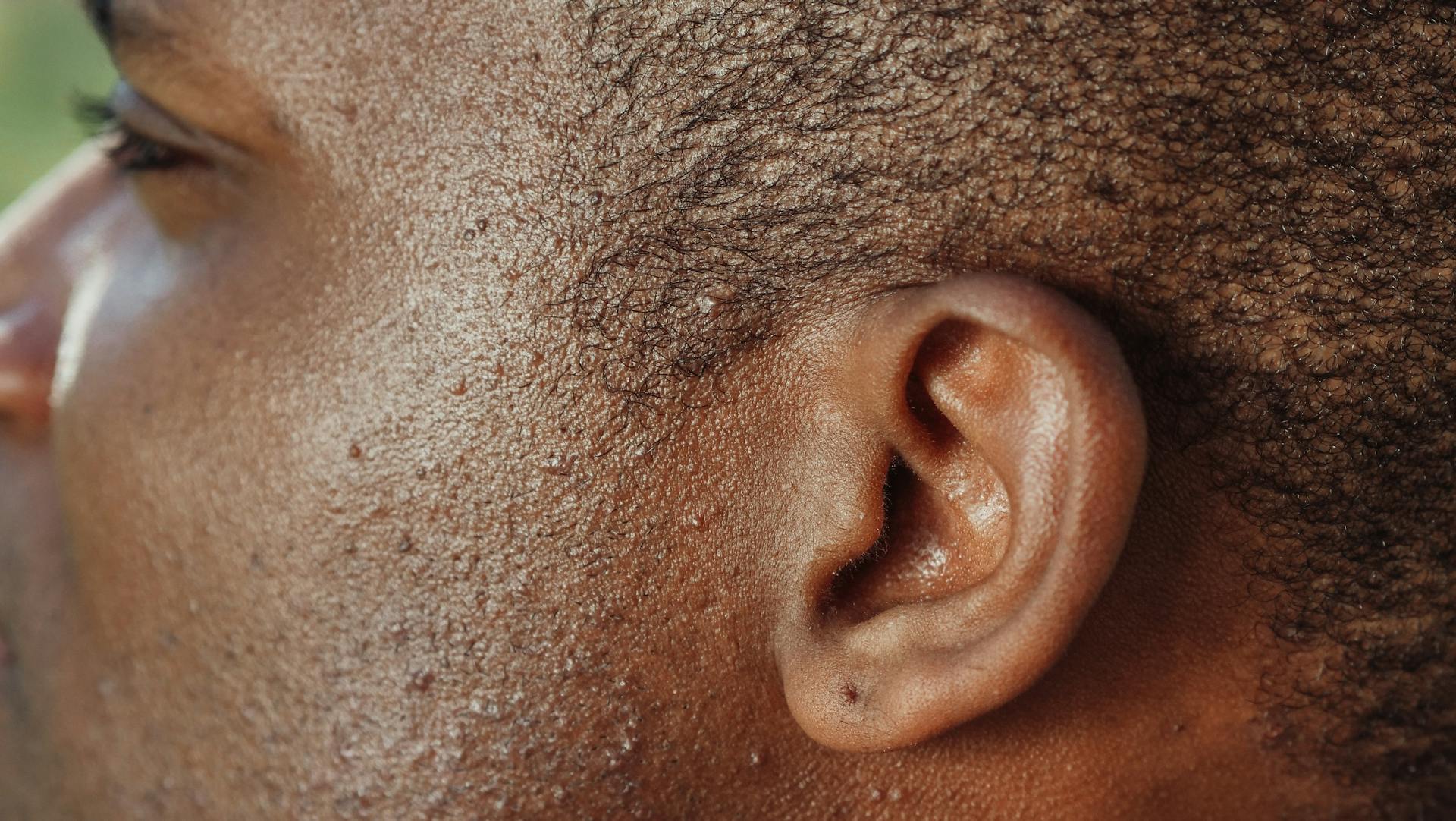
It’s also important to understand that results can vary widely from person to person. While some people report noticeable improvements in their anxiety, sleep, or migraine frequency, others may not experience any change at all. Because of this, ear piercing acupuncture should be approached with an open mind and realistic expectations. It may serve as a helpful addition to your wellness routine—but it’s not a guaranteed solution.
Finally, keep in mind that piercings are semi-permanent. Removing the jewelry doesn’t immediately close the hole, and scarring is always a possibility. For this reason, ear piercing acupuncture should not be seen as a quick fix or a direct replacement for medical treatment.
If you’re managing a serious condition such as chronic migraines, severe anxiety, or insomnia, it’s important to consult with a qualified healthcare provider. Piercing may be part of a broader self-care strategy, but it works best when paired with professional advice and treatment.
Conclusion
Ear piercing acupuncture is definitely something worth looking into. Even if you’re not just interested in trying this for yourself but are more intrigued by the practice, you could turn that interest into something more meaningful—a career in acupuncture. It’s an excellent way to help others tap into the body’s natural healing potential through methods that are both ancient and surprisingly modern.
Of course, to offer safe and effective treatments and avoid the risks we discussed earlier, it’s crucial to be properly trained. At AIAM, our Acupuncture MA program is the perfect choice to equip you with the knowledge and skills to do this work safely and ethically. With this education, you’ll be easing pain and offering something that blends wellness with confidence. That’s wellness that works and beauty with a purpose.
Frequently Asked Questions (FAQs):
Can I get multiple therapeutic ear piercings at once?
Of course, it’s best to space them out slightly to reduce irritation and allow proper healing.
How long does it take for an acupuncture ear piercing to heal?
The time to heal depends on the location of the piercing and aftercare. Earlobe piercings usually take 6 to 8 weeks to heal, but some others may take several months to a year.
Is it better to use ear seeds or permanent piercings for pressure point stimulation?
Ear seeds are temporary and non-invasive, making them great for short-term use, while piercings offer continuous stimulation but come with more healing time and permanence.